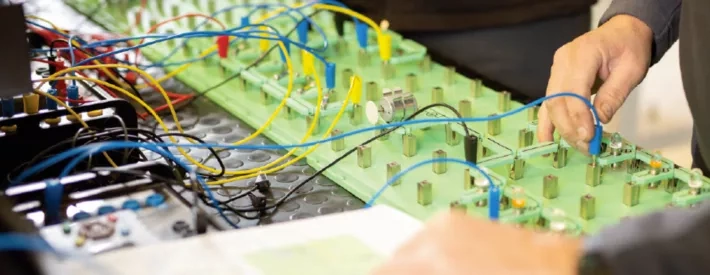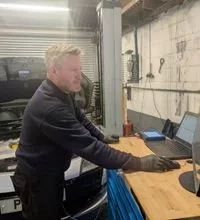Why hybrids could play a huge part in the electric transition

Adored by Priusheads for a quarter of a century, hybrid powertrains still represent a big part of the car parc, even if it is a technology maligned by internal combustion engine and electric purists alike. But does it still have a role to play on the road to electrification?
The UK government currently lumps them in with diesel on the soon-to-be-banned list, while the SMMT uses surging plug-in hybrid (PHEV) sales to demonstrate increasing electrified vehicle uptake.
PHEVs achieved an impressive 9.3% market share in the UK in June 2024, while hybrid electric vehicles – those charged by an ICE and regenerative braking – accounted for 14.9%. So, the numbers suggest they definitely have a place in the transition.
To evidence their position as essential cogs in the drive for net zero, as opposed to an eye-wateringly expensive diversion, we must start with Toyota.
“The enemy is carbon, not a specific powertrain, so we have adopted a multi-pathway approach,” a Toyota GB spokesperson told us. “There is no one-size-fits-all solution. We have long been developing low fuel consumption and low emission vehicles, with the first generation Prius introduced in the UK in 2000.
“Throughout the period we have sold more than 27 million electrified vehicles across the world, and key to this success was diversification. We have an extensive range in all the main segments, most with a choice of power outputs. This is why our vehicle line-up today includes BEVs, FCEVs, PHEVs and HEVs, so customers can choose which powertrain suits their needs.”
Auto Express’s latest list of ‘Best hybrid cars’ includes three Toyotas – Corolla at nine, RAV4 at six, and Yaris at three – with Renault Clio at two and Honda Civic taking top spot.
“We see hybrids playing a vital role in the transition to zero emissions mobility,” said a spokesperson for Honda Motor Europe. “Hybrids offer a driving experience and technology that customers understand, while offering an introduction to electrified driving that is less dependent on access to charging infrastructure.
“Honda has been at the forefront of hybrid technology since the launch of the original Insight in 1999, driven by a sense of responsibility to advance vehicle efficiency for societal benefit.
“Honda’s latest e:HEV hybrids are testament to 25 years of research and development – to deliver impressive performance and responsiveness, while maintaining smooth power delivery and outstanding efficiency.
“We understand Government plan to allow the sale of some hybrids under the ZEV Mandate for the period 2030-35. These rules should enable the continued use of a full range of advanced hybrid technologies that can effectively and reliably reduce transport CO2 emissions.”
View from the workshop
IMI member Simon Hooper, Director of Broadstairs MOT Centre, is qualified to Level 4 in the diagnosis, testing and repair of electric and hybrid vehicles: “Hybrids get over the range anxiety which makes people reluctant to go full EV,” he said. “Going to a petrol station is always an option! In fact, as hybrids get old and the cells deteriorate, many end up effectively becoming ICE vehicles. Plug-ins are an especially good way to transition as people get used to charging.
“As an all-makes independent garage, we provide a trusted local repair and maintenance solution. That’s important for consumers deciding to go hybrid, and we pick up work from other garages who won’t touch it.
“We’re big fans of the Hybrid and Electric Vehicle Repair Alliance (HEVRA) and their technical bulletins. We do our training through Bosch and Pro-Moto, and have screens over every ramp with Alldata, Haynes and Autodata technical information.”
Hybrids then, with an increasing popularity in the market, a technology that’s understandable and could act as a stepping stone to other vehicles, still have a big part to play in the market. But skills are still a big talking point.
“Modern cars are designed to fail safe but high-voltage is dangerous. The bottom line is the country needs more EV trained technicians so some funding support would be helpful. Perhaps supplemented L4 training for those who get the L3 qualification?” said Hooper.
A stronger workforce will mean no matter what vehicle rolls into the workshop everyone’s prepared. As for maligned hybrids, a headline in France’s best-selling newspaper, Le Monde, earlier this year declared: “Hybrid cars are making a comeback”. In 100 years, we might look back and say that 2020-35 was their golden age.
Time to upgrade your skills, check out the IMI’s range of courses, qualifications and accreditations.




